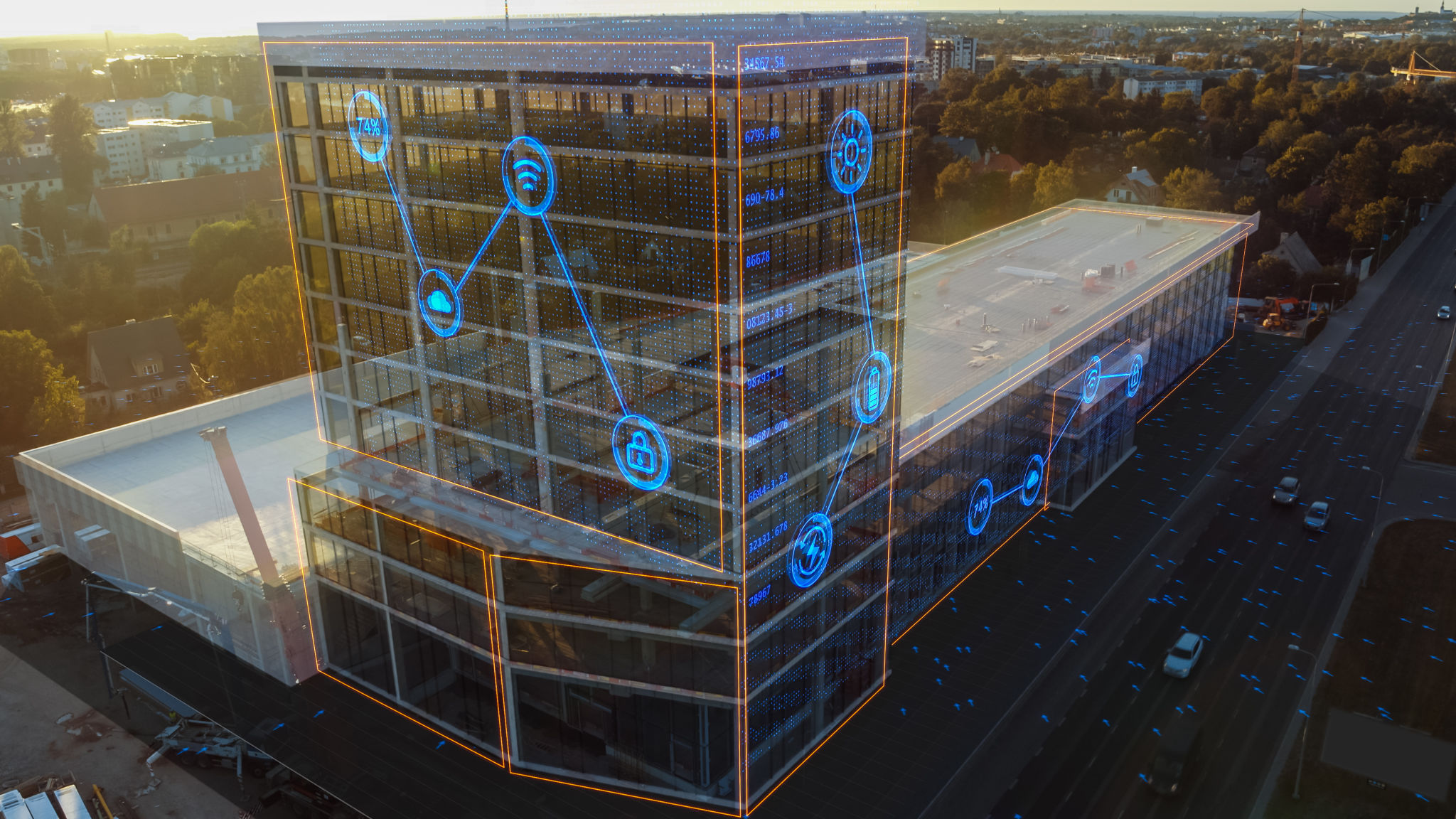Coastal Challenges: How Advanced Tech Ensures Safer Florida High-Rises
Understanding Coastal Challenges for High-Rises in Florida
Florida's coastline is renowned for its stunning high-rises that offer breathtaking views of the ocean. However, these structures face unique challenges due to their proximity to the sea. Coastal high-rises must contend with harsh weather conditions, saltwater corrosion, and rising sea levels, which can all compromise their structural integrity over time.
One of the most pressing concerns is the impact of hurricanes, which frequently batter the Florida coast. These powerful storms can bring intense winds and flooding, posing a significant threat to high-rise buildings. Ensuring the safety of these structures in such conditions is a priority for engineers and developers.

The Role of Advanced Technology in Enhancing Safety
To address these challenges, advanced technology plays a crucial role in enhancing the safety and durability of coastal high-rises. Innovations in materials science, engineering techniques, and monitoring systems are transforming how these buildings are constructed and maintained.
One of the key advancements is the use of high-performance concrete that offers increased resistance to saltwater corrosion. Additionally, engineers are employing cutting-edge design software to model and simulate the effects of extreme weather conditions on building structures, allowing them to make informed decisions during the construction phase.

Smart Monitoring Systems: A Game Changer
Another technological breakthrough is the implementation of smart monitoring systems. These systems utilize sensors and IoT technology to continuously monitor the structural health of high-rises. By collecting real-time data on factors such as stress, vibration, and temperature, building managers can proactively address potential issues before they become critical.
This proactive approach not only enhances safety but also reduces maintenance costs by preventing major repairs. The integration of artificial intelligence can further analyze data trends to predict future structural performance and inform timely interventions.

Collaborative Efforts for Safer High-Rises
Ensuring the safety of coastal high-rises is not solely the responsibility of engineers and developers. It requires a collaborative effort among various stakeholders, including government agencies, regulatory bodies, and local communities.
- Government agencies play a vital role in establishing stringent building codes and regulations that mandate the use of advanced technologies in construction.
- Regulatory bodies ensure compliance with these standards through regular inspections and assessments.
- Local communities can contribute by advocating for sustainable practices and supporting initiatives that prioritize safety.
The Future of Coastal High-Rise Safety
As technology continues to evolve, so too will the measures used to ensure the safety of coastal high-rises. The integration of renewable energy sources, such as solar panels and wind turbines, is becoming more common, reducing the environmental impact of these structures while enhancing their resilience against power outages during storms.
Furthermore, advancements in virtual reality and augmented reality could revolutionize training programs for emergency responders, equipping them with better tools to handle potential crises effectively.

In conclusion, while Florida's coastal high-rises face significant challenges due to their environment, the application of advanced technology is paving the way for safer, more resilient structures. Through continued innovation and collaboration, these iconic buildings can withstand the tests of time and nature, ensuring the safety of residents and preserving the beauty of Florida's coastline for generations to come.
